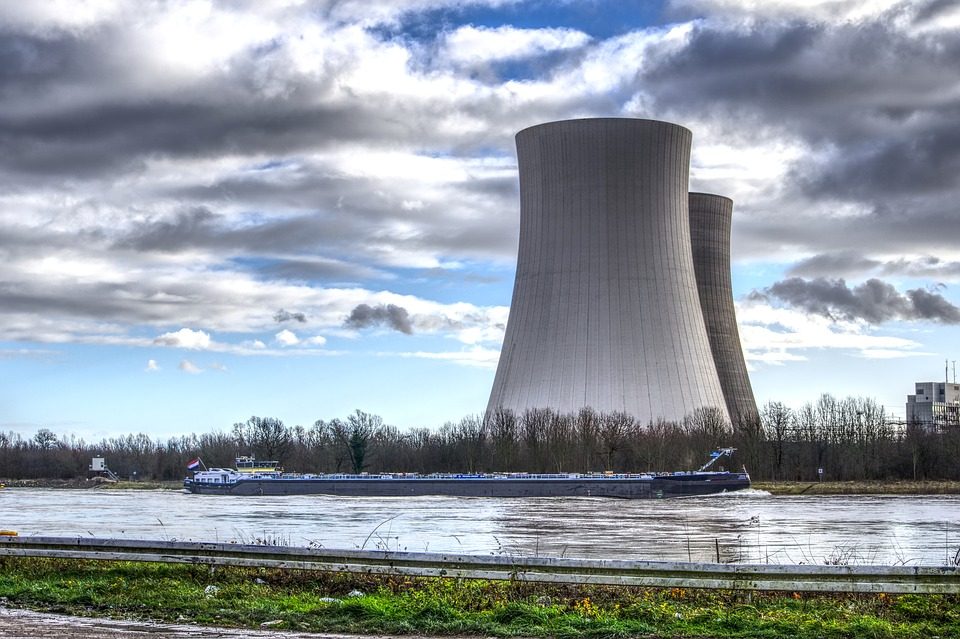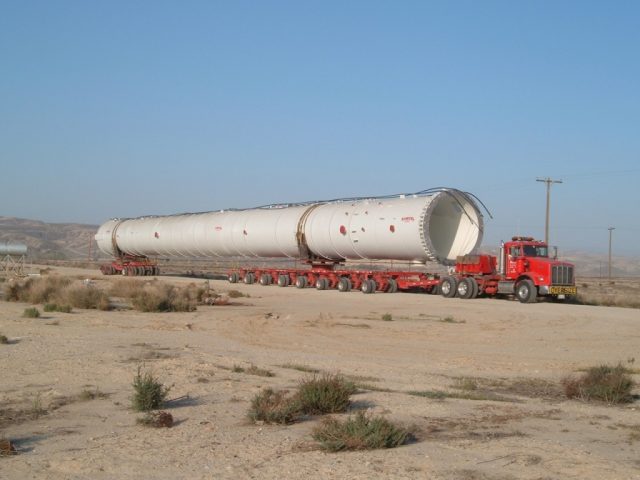
Before any of our operators set foot on a work-site, our engineers have evaluated every aspect of a proposed project. With safety in mind, we plan for all possible scenarios based on the load, route, and projected lift. Our civil and building engineers use 2D and 3D CAD designs to predict exactly how a heavy hauling/lifting operation will function in the real world. This enhances the predictability, precision, and productivity of everyone involved in the project. Our engineering services in the San Francisco Bay Area help facilitate heavy lifts, heavy hauling, structural shoring, seismic retrofitting, and hoist services around the Western United States. Read on for considerations for heavy hauling projects.
What is heavy hauling?
Heavy haul trucking, also known as oversize or overweight trucking, is a specialized type of transportation that involves moving extremely large and heavy cargo that exceeds the standard legal limits for weight, width, height, and length on public roads. This type of hauling requires special equipment and permits to ensure safe and legal transportation of the goods.
Typically, heavy haul trucking involves transporting items such as industrial equipment, machinery, construction materials, large vehicles, prefabricated structures, and other oversized loads that cannot be easily carried by regular trucks.
Heavy Hauling Engineering
Our team of experienced operators and engineers are responsible for some very impressive feats of modern technology, physics, and engineering. For example, a dual-lane heavy haul of a refinery pressure vessel for the Diablo Canyon Power Plant required careful logistical and safety planning. Hundreds of thousands of pounds had to be moved countless miles through the roads of California; this entailed careful route planning and proper engineering precautions. Many aspects of a project need to be taken into account whenever planning for a heavy haul, such as:
- The weight limit of the roads on a proposed route
- The weight of the refinery pressure vessel
- The weight limit of all heavy hauling equipment, including trailers, trucks, cranes, and the equipment used to secure the item to the bed of the trailer
- Maximum MPH of the transporting vehicle
- Safe securing of the load and proper weight testing
- Possible construction of temporary structures to facilitate the transport of the item
- Heavy and over-dimensional cargo tie-down and planning
- Engineered critical lift planning

This project helped facilitate upgrades to the Diablo Canyon Power Plant, a facility that is responsible for 8.6% of total California power generation and 23% of the state’s carbon-free generation. This power plant supplies the electrical needs to more than 3 million people; with a job this large, errors in safety planning and engineering calculations are simply not an option.
Heavy Hauling Considerations for Engineers
When engineering a safe route for a heavy haul, engineers don’t just take the weight limit of certain roads into account; engineers also must plan for any obstructions on the proposed route. Here are just a few obstructions that we’ve encountered on routine route planning:
- Bridges: Measuring bridges and obtaining weight limits is incredibly important. Some states do not have the height limits recorded for certain bridges, so it may be necessary to have an engineer measure the dimensions of any and all bridges before the route is approved.
- Trees: If a tree is obstructing a proposed route, permission is required to have a tree trimmed or cut down. Older trees may be protected by state laws; if this is the case, the tree may have to be tied down, or another route must be planned.
- Wires: If utility or electrical wires are obstructing a route, a utility or electrical company must be contracted to help temporarily move the wires. Other considerations, such as traffic safety and control, must be taken into account. This generally requires working with local police to ensure the safety of all bystanders and operators.
- Railroad Crossings: If a load is particularly heavy, a truck may not be moving more than 5-10 MPH at any given time (or even slower). Owners of the railroad must be contacted to ensure a proper amount of leeway when crossing certain tracks.
- Signal Lights and Signs: If traffic lights or overhanging signs are blocking the proposed route, light contractors, state entities, and other service professionals will need to assist with the heavy haul.
Clearance laws are different for every state and generally come in either 2in or 6in clearance variants. This just means that there needs to be at least two inches or six inches between the top of the load and the highest point on the bridge. Other federal regulations for weight limits on federal highways and interstates and service roads must also be honored, and permits must be obtained if load limits exceed the usual weight capacity.
Heavy Hauling San Francisco
Sheedy Crane is a leader in cranes, rigging, hoists, and heavy hauling; we employ a large staff of in-house engineers to ensure the proper planning, safety, and execution of each and every heavy lift and heavy haul. Our professional engineers use the latest modeling and design 2D and 3D CAD software to create conceptual drawings, designs, and calculations. Our engineers offer route surveys, feasibility studies, load testing, engineered critical lift planning, budget estimates, and more! Visit our contact page to get in touch with a Sheedy engineer today!
